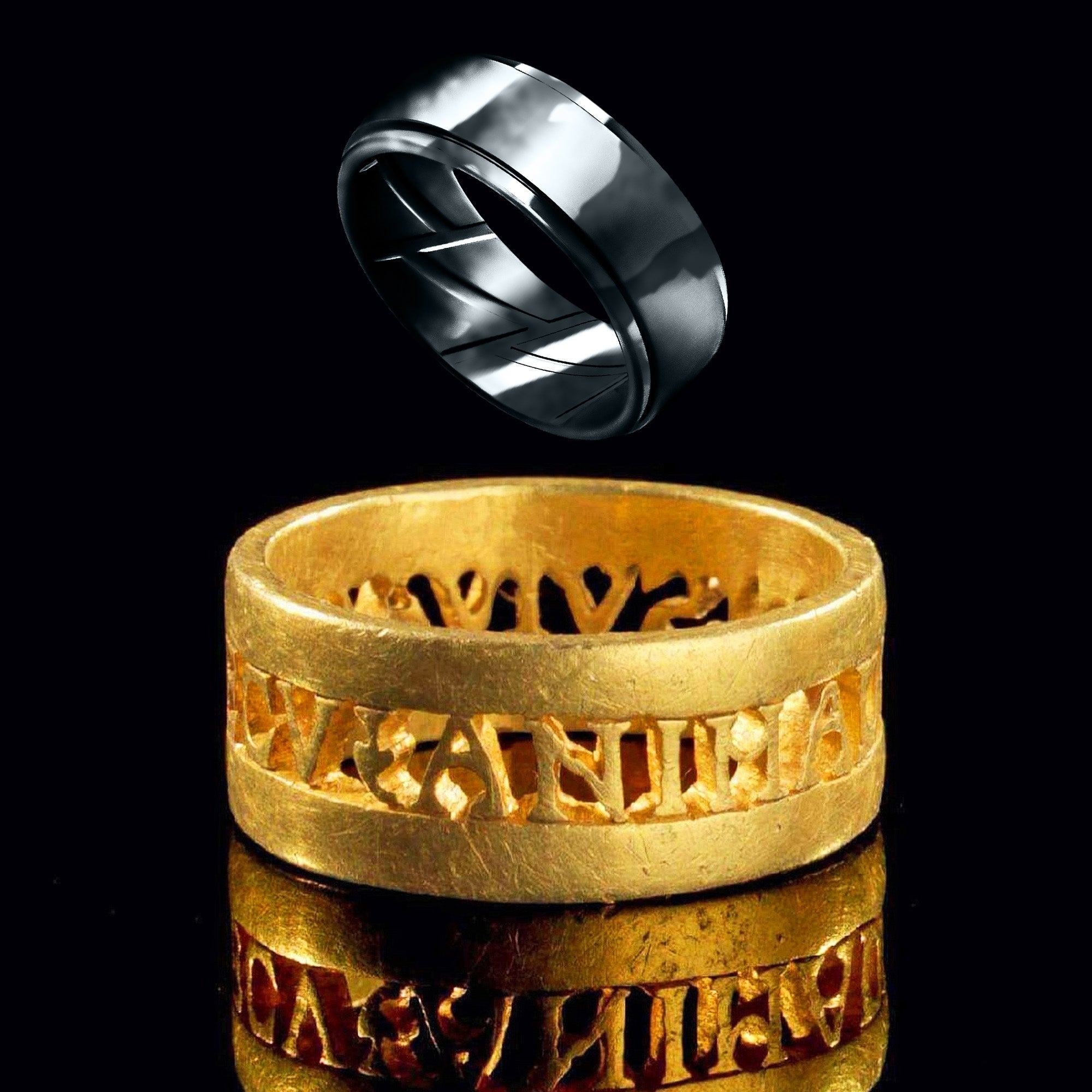From Roman Emperors to Modern Athletes: The Ring as a Symbol of Status

Throughout history, rings have been more than just decorative accessories; they have symbolized power, wealth, commitment, and status. From the grand halls of the Roman Empire to the competitive arenas of modern sports, rings have carried deep significance across different cultures and eras.
Ancient Rome: Rings as a Mark of Power
In ancient Rome, rings were a key symbol of authority and rank. The most prestigious were gold rings, reserved for senators, high-ranking officials, and later, the equestrian class. These rings signified not only wealth but also political and military influence. A gold ring could be the difference between an ordinary citizen and someone with societal privileges.
Even emperors used rings as tools of governance. The signet ring, engraved with a personal seal, was used to authenticate official documents. Losing such a ring could lead to political chaos, as it granted power over legal decrees and state decisions.
Medieval and Renaissance Eras: Rings for Nobility and Royalty
During the Middle Ages and Renaissance, rings remained an important status symbol. Kings and queens wore jeweled rings to signify their divine right to rule. Knights and noble families adopted heraldic rings, engraved with family crests to display their lineage and honor. The Pope, even today, wears the Ring of the Fisherman, which serves as a symbol of papal authority and is ceremonially destroyed upon the pope’s death.
Championship Rings: The Modern Mark of Excellence
Fast forward to today, and rings continue to serve as powerful symbols—especially in sports. Championship rings, popularized in American sports, are given to winning teams in leagues such as the NFL, NBA, and MLB. These rings represent victory, dedication, and legacy, often adorned with diamonds, gold, and intricate designs showcasing the team’s achievements.
Athletes cherish these rings not only for their material value but for what they represent: years of sacrifice, training, and triumph. Winning a Super Bowl ring or an NBA Championship ring is one of the highest honors in professional sports.
Silicone Rings: A New Age of Symbolism
As society evolves, so do the rings we wear. Today, many individuals—especially athletes, outdoor enthusiasts, and professionals—are opting for silicone rings over traditional metal ones. These rings offer comfort, flexibility, and safety while maintaining a meaningful representation of commitment, achievement, or personal style.
While silicone rings may not carry the same opulence as gold or diamonds, they symbolize something just as valuable: modern practicality, inclusivity, and adaptability. Whether worn by a firefighter, a gym enthusiast, or a wedding couple seeking a durable alternative, silicone rings prove that status is not just about wealth but about lifestyle and values.
Conclusion: Rings as Timeless Symbols
From Roman emperors to modern athletes, rings have continuously evolved while maintaining their role as symbols of status, achievement, and identity. Whether made of gold, encrusted with jewels, or crafted from breathable silicone, rings remain a powerful way for people to express who they are and what they have accomplished. As trends shift, one thing is certain: the ring, in all its forms, will continue to hold deep significance in human history.